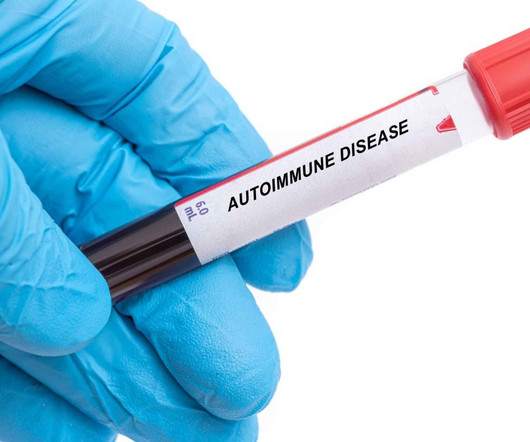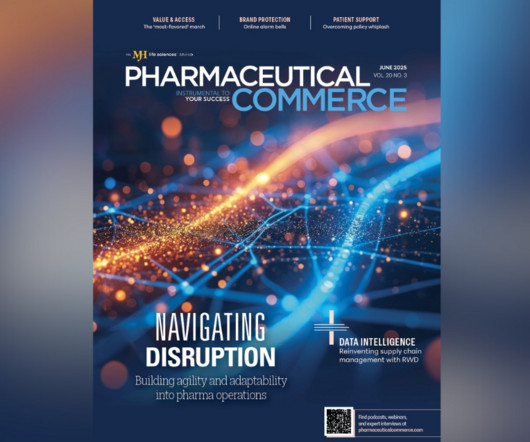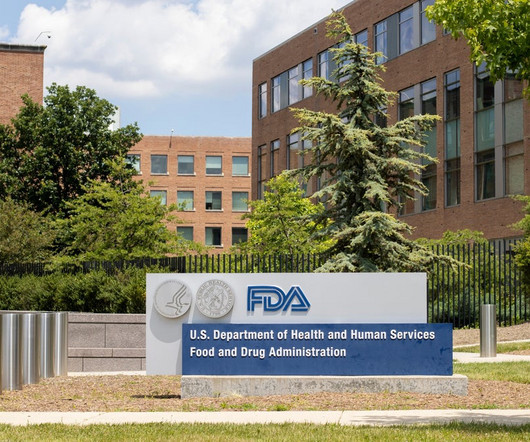Bolstering Health Technology Assessment With the Help of AI
Pharmaceutical Commerce
JUNE 17, 2025
Artificial intelligence addresses key limitations of traditional health technology assessments—such as data gaps and time-intensive processes—through automation, real-time data integration, and advanced predictive modeling, leading to faster and more informed decisions. AI supports personalized medicine and real-world evidence integration.


















Let's personalize your content